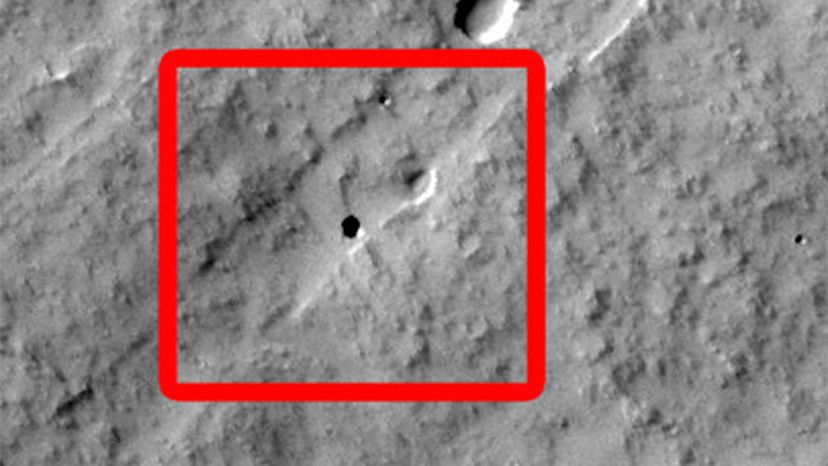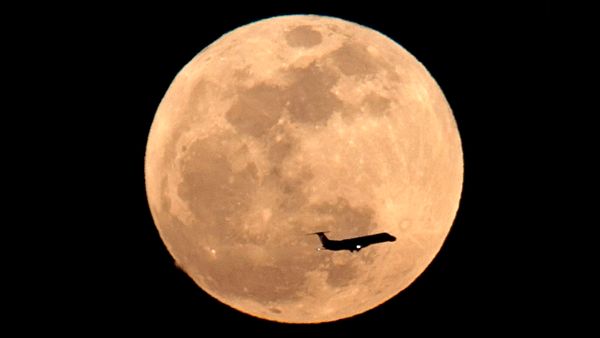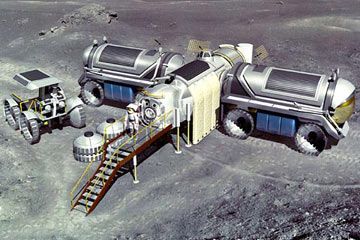Meanwhile, back on Earth, scientists are preparing for future missions to the moon and Mars through a little cave diving. Pangaea is a program developed by the European Space Agency that prepares European astronauts to explore other planets. One of its projects concerns the 4.9-mile (8-kilometer) long Corona lava tube in Lanzarote, Spain. According to Sauro, who is a course designer for Pangaea, the team has undertaken advanced mapping of the tube, which has produced "the most complete 3D model of a lava tube on Earth ... with a millimetric precision." They've also been testing out new robots or rovers to identify how best to navigate these tubes, developing a greater understanding of the challenges associated with incursions into lava tubes on other planets in the process.
Other researchers have also taken an interest in exploring the microbiology of lava tubes by focusing their efforts on the Lava Beds National Monument in California. Léveillé, who heads this project funded by the Canadian Space Agency, says that his team is looking to explore lava tubes as habitats of microorganisms, which may leave traces or "biosignatures" behind through certain minerals, and thus indicate the presence of life once upon a time on the red planet. "And of course, the big question is "'How would we ever get into one of these lava tube caves [on Mars], which are quite irregular here on Earth?'" Léveillé says.
So what's the difference between lava tubes on Earth and their lunar and Martian counterparts? Well, gravity, for one. Pozzobon cites a NASA Gravity Recovery and Interior Laboratory (GRAIL) mission that he says detected "enormous subsurface voids" or potential lava tubes beneath the lunar surface. He describes how the lower gravity on the moon and Mars impacts the size of lava tubes significantly. Tubes on Mars can stretch for 820 feet (250 meters) in width, and tubes on the moon can reach more than a whopping 3,281 feet (1 kilometer) across. Pozzobon notes another important effect of lower gravity, which stabilizes the roofs of these tubes and causes fewer collapses — especially on the moon — thereby creating a potentially safer dwelling for human habitation. But otherwise, lava tubes on Earth are fairly similar in composition and structure to those on the moon and Mars and serve as excellent reference points for researchers.
The potential for lunar caves — and possible human settlements — has many people excited. Even the White House is making a bid for moon colonies in the near future. And the possibility of answering whether life has existed — or may still flourish — in caves on Mars is a tantalizing one for space explorers. But if you're wondering whether or not Martians will be found hanging around these lava tubes on the red planet, the answer is likely no — unless you count microbial critters. Radiation, a dry environment and frigid temperatures make the planet inhospitable to most forms of life. "There's no obvious indication of life, so most scientists would agree that if there was life in the subsurface, it would be microbial or bacterial in form," says Léveillé.



